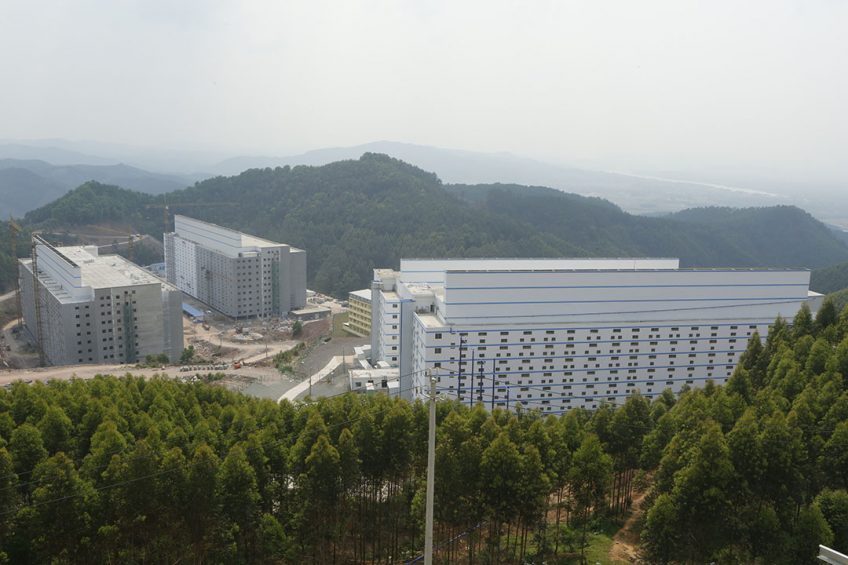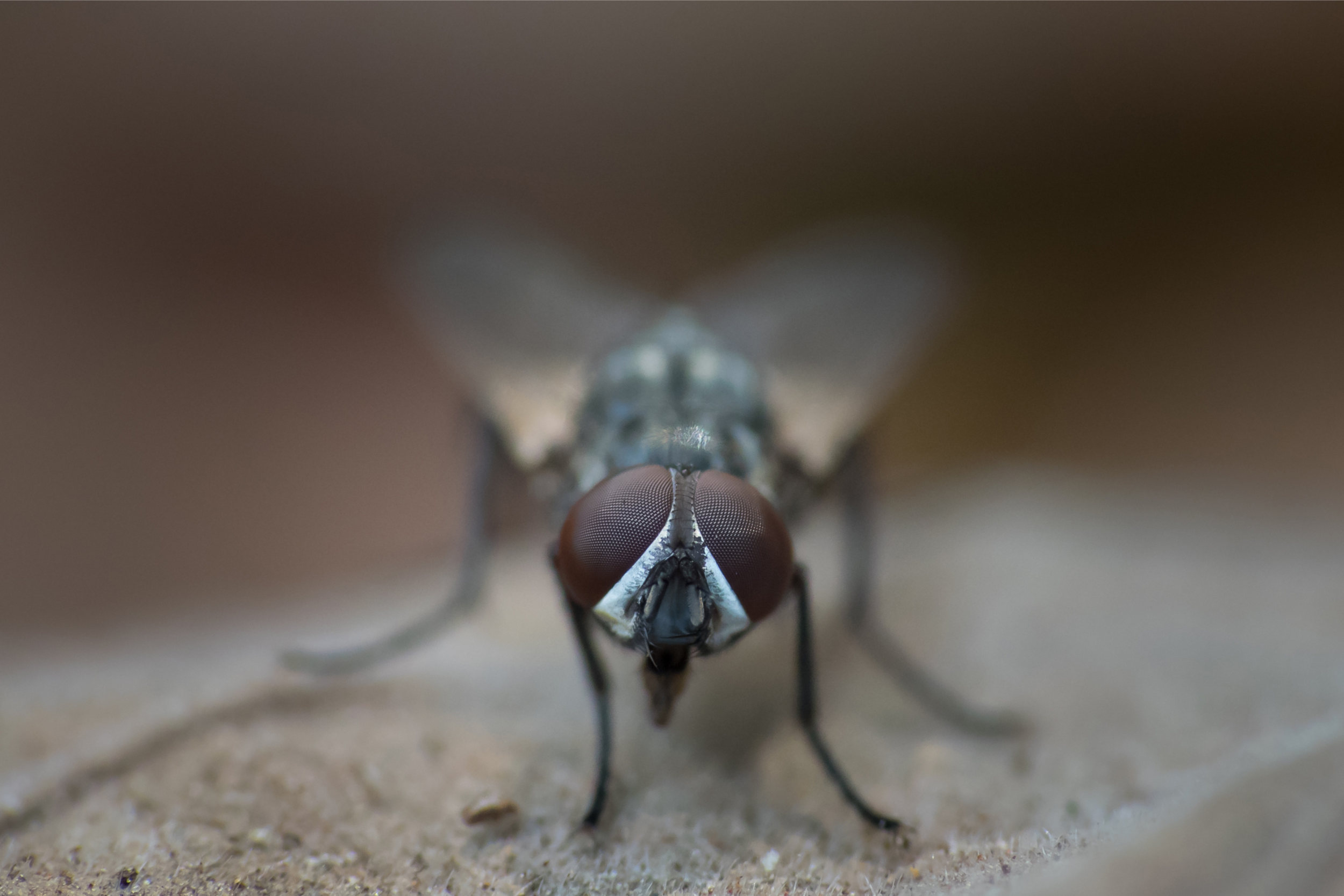China spurs its pig companies to invest abroad

The Chinese government is encouraging pig producing companies to invest in pig production, both in China as well as abroad. So much has become clear from a recent governmental document.
China investing abroad is already being applied in practice. In 2013 the Chinese market leader WH Group (at the time known as Shuanghui/Shineway) took over US-based Smithfield, which in turn was also active in Poland and Romania. As a result, Chinese pig producers are already working in the USA and Europe.
Stable relationship, no ASF
Nevertheless, China would like to produce more pigs outside its country’s borders. Particularly it is interested in countries having a stable trade relationship with China and those being free from African Swine Fever. This pork from abroad is aimed to be sold in mainland China, i.e. this meat supply should be swift, without veterinary risks.
The step is born out of necessity, to start producing pork outside China for its own inhabitants, said Jeroen Jeuken, director of animal feed company Agrifirm and responsible for China. He pointed to the fact that domestic pig production has halved. In China, Agrifirm has 2 factories, producing premixes and complete feed for young animals.
In an interview with Boerderij, a sister title to Pig Progress, Jeuken noticed that China is making a start again to try to get pig production back at the pre-2018 levels, when African Swine Fever broke for the 1st time. That is difficult, as the country is still fighting the virus. Especially in northern China, there are still many wild boar keeping the virus circulating.
Repopulation led by large swine integrations
Large integrations are taking the lead with the repopulation. These companies have sufficient risk capital. They buy or rent pig houses from individual pig producers to produce pigs. Those are farms having a 10,000 sow capacity at least. Real estate companies as well as insurance companies also invest in pig production, as, apart from being a risky business, producing pigs is also very lucrative. Pigs can be sold for over € 5/kg live weight.
Contrary to industrial production, however, pork production cannot be completely automated. It’s impossible to change a sow’s gestation period. That is mainly the reason why recovery of the Chinese pork production will take years, Jeuken says – pretty much in line with what Rabobank’s predictions are. According to Rabobank, China’s pig industry will be back at pre-ASF levels, at about 55 million tonnes annually, in 2025.

Track the movement of African Swine Fever
For everything you need to know about ASF, from the latest outbreaks to controls stay up to-date…
Signs of recovery of Chinese pig production
Rabobank wrote that 2020 and 2021 will be the years of the beginning of the rebuilding in China. Jeuken would agree to that prognosis. He observes that now pig houses are being filled with F1 gilts from finisher pig production to produce piglets. The central government in Beijing also has a budget to stimulate farms to buy sows. In Jeuken’s expectation, the Chinese pig production will start to show signs of recovery as from mid-2020.
Also interesting: Rabobank: Disease, trade issues change the global pig market











